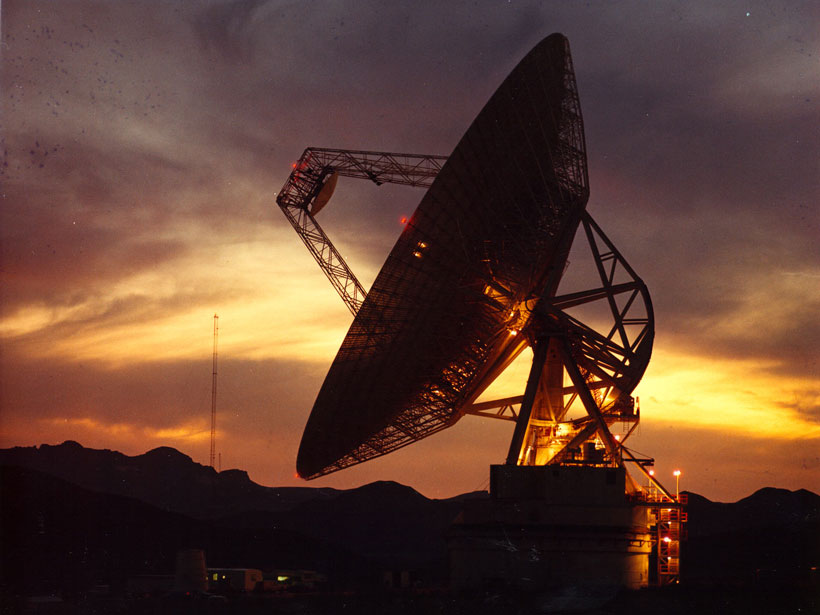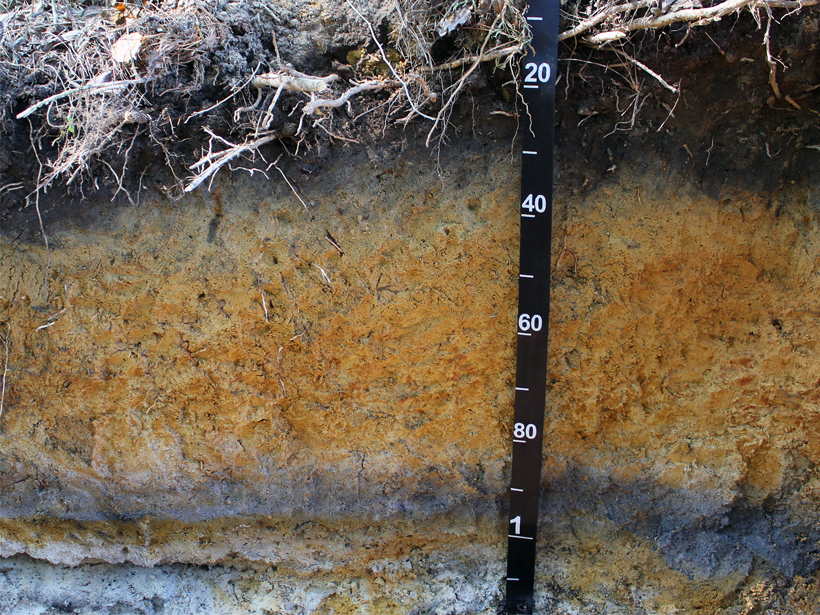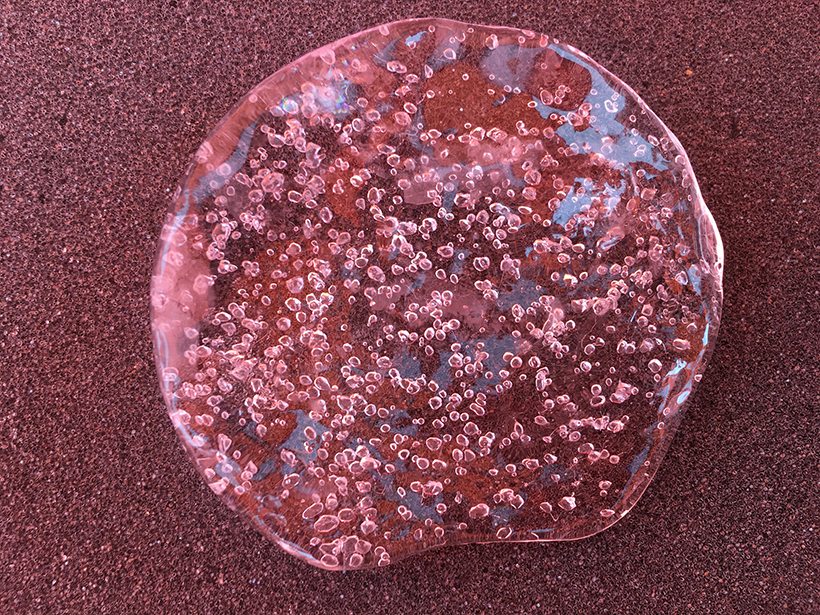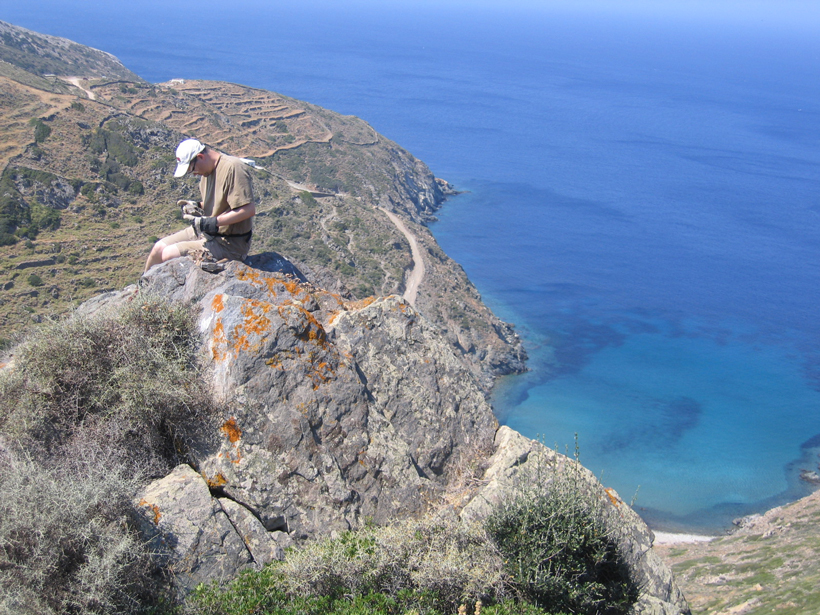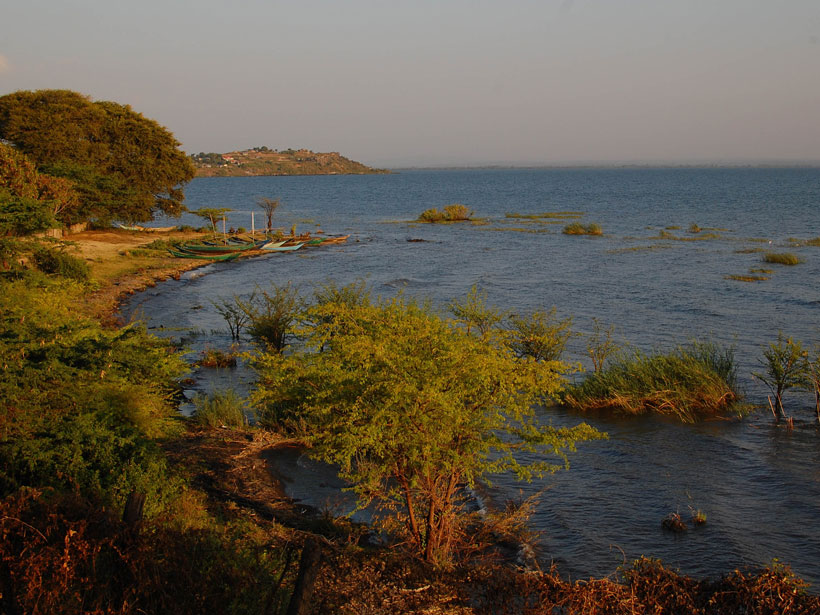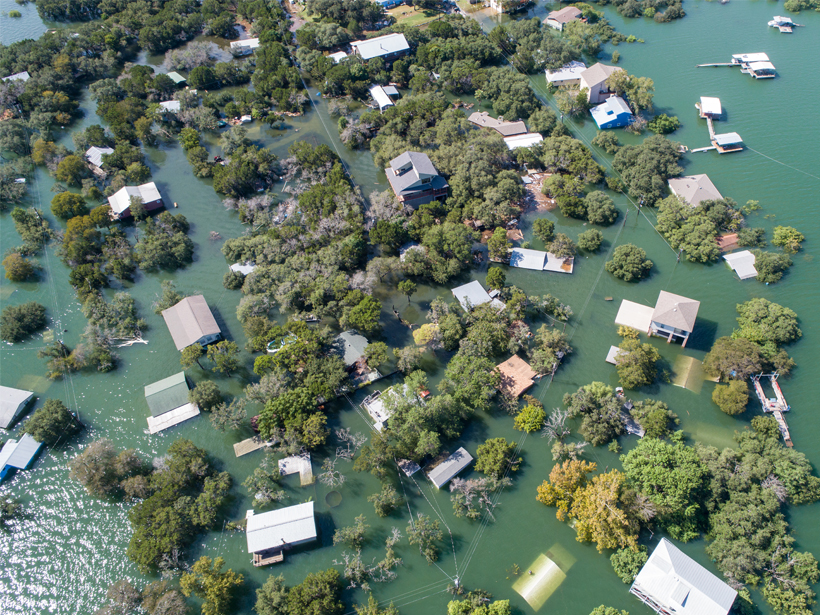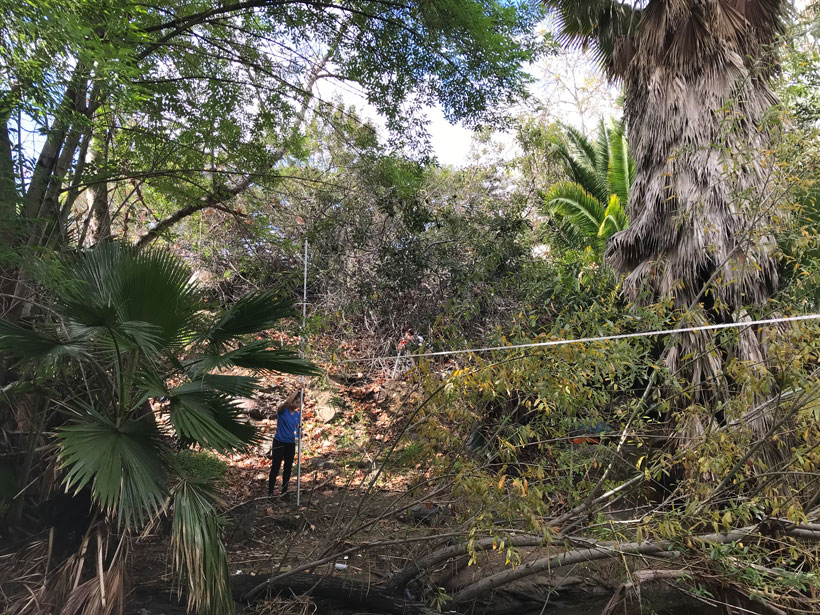Linking an existing network of radio telescopes with satellite radar would make it possible to measure ground displacements in a globally consistent way, scientists propose.
News
Richard Mansergh Thorne (1942–2019)
A pioneering space plasma physicist who led the way in understanding how complex wave-particle interactions control Earth’s radiation belts and low-level auroral light emissions.
Looking for Prehistoric Pollen? Check the Floodplains
A new methodology calculates the soil properties most likely to preserve pollen.
Antarctic Ice Cores Offer a Whiff of Earth’s Ancient Atmosphere
Bubbles of greenhouse gases trapped in ice shed new light on an important climate transition that occurred about a million years ago.
Meet Hygiea, the Smallest Dwarf Planet in Our Solar System
New observations confirm that main asteroid belt object Hygiea is round. It now fulfills all the requirements to graduate from asteroid to dwarf planet.
Using Garnets to Explore Arc Magma Oxidation
Samples collected from Greece help researchers piece together a scientific puzzle.
Dire and Drier Future for Lake Victoria
In the past, Lake Victoria dried out swiftly and often when rainfall was limited. Climate change might bring about those conditions again within a century.
Hearing Explores Resilience to Climate-Related Natural Disasters
Experts call for more tools to help communities mitigate and adapt to climate change to curb the impacts and costs of natural disasters.
Sea Caves Hold Clues to Ancient Storms
Sediments dug up from sea caves help reconstruct past climate, contributing to better storm predictions.
Iconic Palms Add to Fire Danger in Southern California
As fires burn across Southern California, researchers examine what role nonnative vegetation plays.

